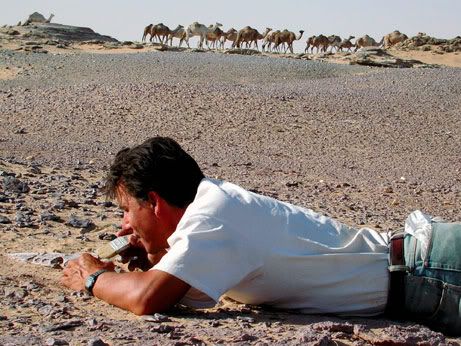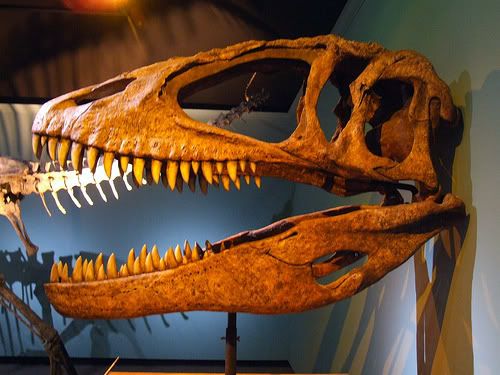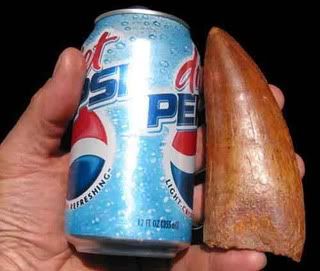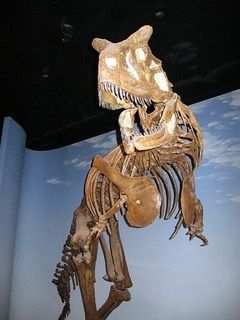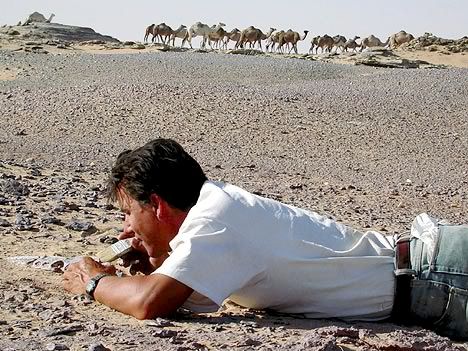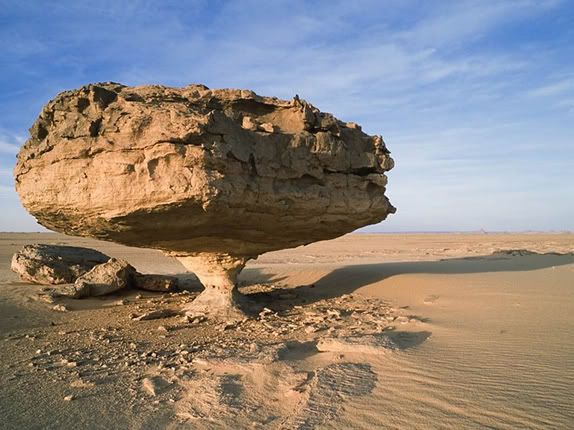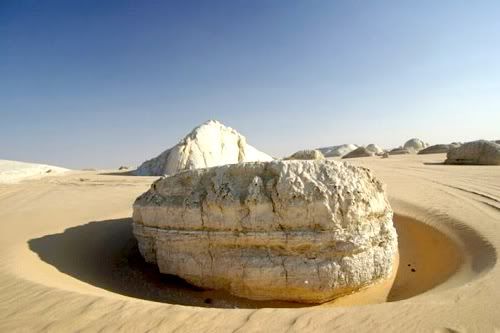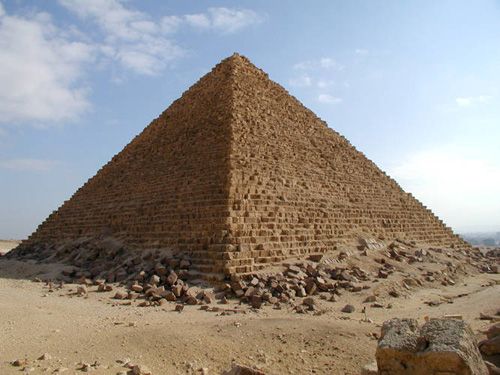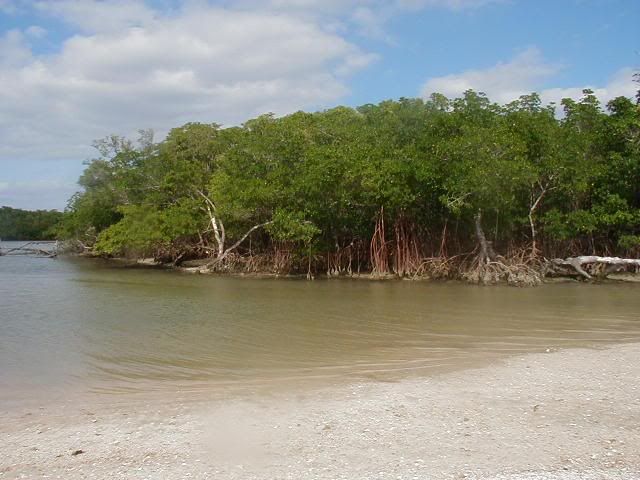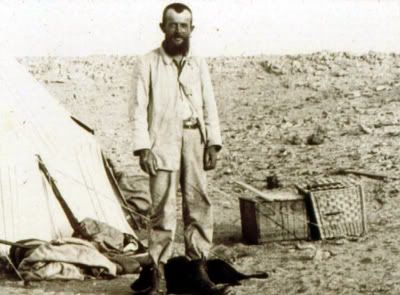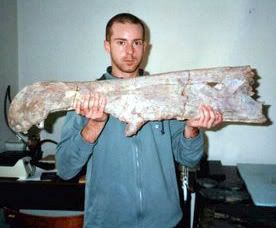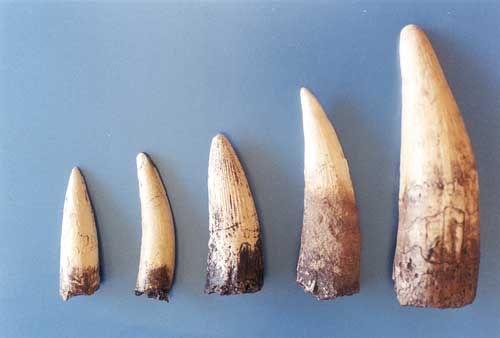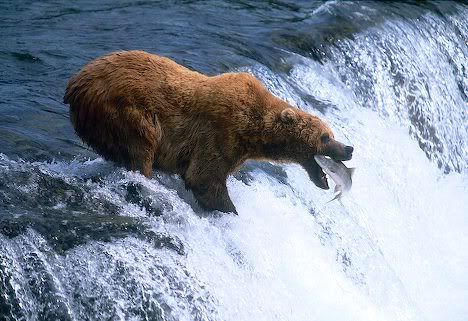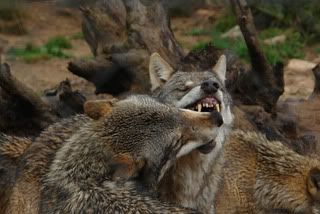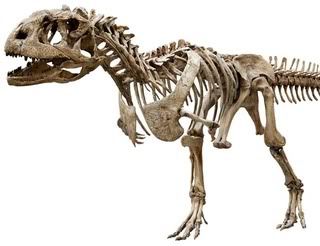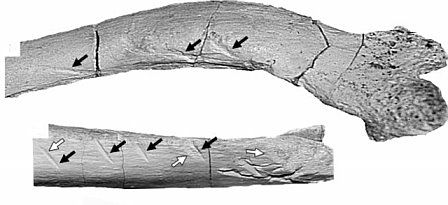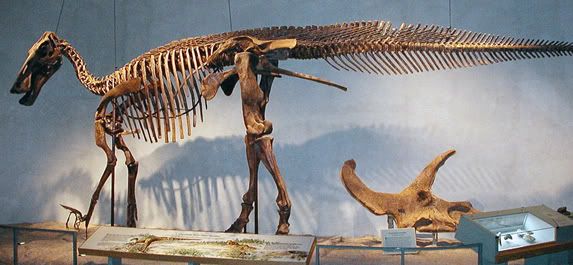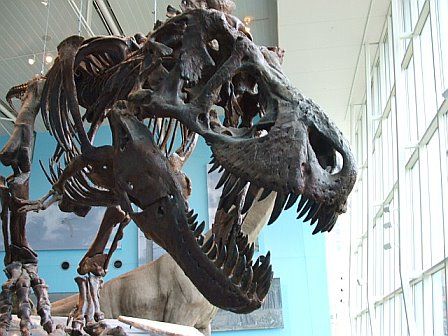Back from the field! Working on resizing some photos for a photo post tomorrow.
*****
Evolution is a funny thing. It's sensitive to countless conditions, both based on one's environment and purely random chance (we owe our entire existence to one of these catastrophic chance events). But if there is one thing that truly forces diversity amongst animals (given the time, of which the Earth has plenty), it's separation--something that possibly no animals have seen more of throughout their evolutionary history than the dinosaurs. They saw the Earth as one massive continent (the famously known Pangea) and they saw it torn apart, sent in all directions. These separation events isolate populations of animals, who are then able to interbreed independently--and with the newly found selective pressures added to them within their own individual environment, evolution accelerates to new levels (possibly one of the best evolutionary accelerants outside mass extinctions!). This effect is known as vicariance. It was this vicariance effect (spurred by the opening of the Tethys ocean--which separated Africa, South America, Australia, Antarctica, India, and Madagascar from the rest of the world--forming the now long gone continent Gondwana) that helped spawn the subject of this week's blog--Kryptops.
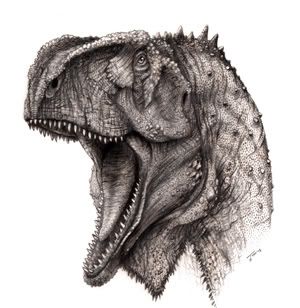
Kryptops, discovered in the Ténéré Desert of central Niger, is the oldest known member of the Abelisauridae, a group of dinosaurs that look uncannily like large bipedal semi-reptilian (more dinosaurian) pitbulls, with short snouts and stout skulls. Take, for example, this Carnotaurus (though its crazy amount of cranial kinesis is something relatively unique to the genus)--
One of the most distinctive features of the skeletal remains discovered thus far of Kryptops are the short grooves and pits that cover the external surface of the Maxilla--one of the bones in the upper jaw. Though this sort of rough surface is something that is characteristic of Abelisaurids and some Carcharodontosaurids, they indicate that Kryptops may have been covered with a sort of Keratin-style mask on its face (thus the name--'Covered Face').
Like all dinosaurs, Kryptops was equipped with a sort of internal tooth factory--in which teeth grew and fell out constantly. Broken teeth are very common finds at various dig sites, which are often used as indicator of scavenging activity--the tooth would break off the hard bone and either fall on the ground or become swallowed with the meat (which in turn eats the enamel coating--if you ever chance upon a fossil tooth without, it's very likely that it's spent some time in the innards of a dinosaur!)
(Quick snapshot of an example--tooth on the left is most likely from the Tyrannosaurid Albertosaurus with the enamel still attached, while the tooth on the right belongs to Daspletosaurus sans enamel--both were collected in the field this last week)
Kryptops, like other Abelisaurids, likely had 17-18 teeth on the Maxilla--its discoverer removed a small portion of the jawbone to expose the tooth replacement system (in this case, in the 8th alveolus--or tooth socket) for its published scientific description.
The discovery of Kryptops helps shed some light on dinosaur evolution, showing that the derived (most evolutionary recent) features of the Abelisauridae existed before the Early Cretaceous ended. And as little as we know about the history of Mesozoic life on Africa, any information at all is a treasure. Even still, it's largely a blank slate with many new fascinating discoveries to be found in years to come.

